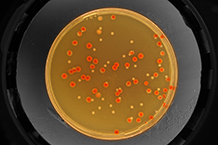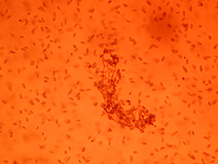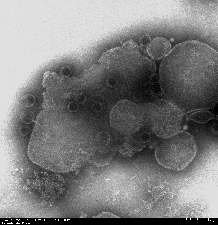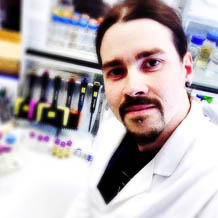Dr Ville Friman
Reader in Evolutionary Biology
Research
I am an evolutionary biologist interested in eco-evolutionary dynamics of species interactions in communities. To study this, I use experimental evolution approach to culture microbial populations (bacteria, bacteriophages and protists) in defined laboratory environments for hundreds or thousands of generations. This approach allows one to create a ‘living fossil record’ of species evolutionary history that can be further studied with direct fitness assays and by comparing evolutionary changes at the genome level.
I have recently advanced my research to environmental sampling and field experiments to bridge the gap between laboratory and natural environments. I am specifically interested how abiotic and biotic factors determine the evolution of species interactions, and how this rapid adaptation might feedback and change the composition, stability and ecosystem functioning of complex microbial communities. I am also interested in how changes in microbial communities affect the survival of higher-level organisms such as plants and insects. For example, host-associated microbial communities often form the first line of defense against invading pathogens and thus play an important role for the health of associated ‘hosts’.
I welcome interest from prospective research students and postdoctoral fellows from a variety of backgrounds who are interested in studying the ecology and evolution of species interactions in complex communities. I am specifically interested in the evolution of predator-prey and host-parasite interactions, pairwise evolution in multi-species communities, species response to environmental change and the ecology and evolution of pathogen virulence in host-associated microbial communities.
|
The diversification of Serratia marcescens bacterium into competitive red and defensive white colony types under Tetrahymena thermophila protist predation. |
 |
|
Bacterial aggregation into large, inedible, biofilm structures that are resistant to predation by Tetrahymena thermophila protist. |
 |
|
Electron microscope picture of bacteriophages infecting Ralstonia solanacearum bacterial pathogen. |
 |

Contact details
http://villefrimanscience.weebly.com

